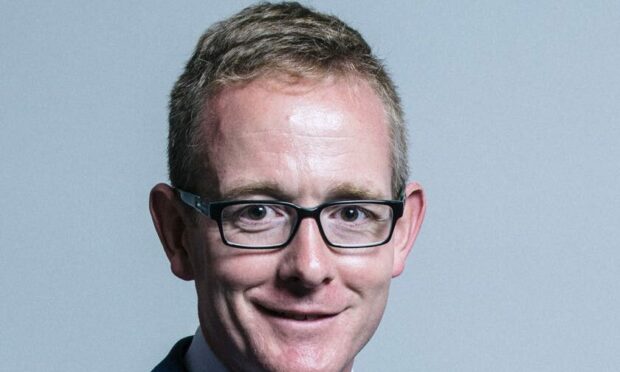We’re right at the forefront of the UK’s growing space technology sector.
We already manufacture more small satellites – the size of a shoebox but packed with electronic wizardry – than anywhere else in Europe.
We already have leading expertise in data gathering and analysis.
We already have a thriving space industry that has seen sky-rocketing growth over the last few years.
But our ambition goes higher.
We’re working hard to become the first in Europe to provide end-to-end solutions – from design and build to lift-off – for small satellites, and the development of launch sites is a crucial part of that.
£4bn share
The potential is huge. There’s a realistic prospect that we can gain a £4billion share of the global space market by the end of this decade.
So I was delighted to visit Shetland this week to see the Saxa Vord Spaceport up close and find out how the UK Government continues to support the UK space sector.
Alongside others in the LaunchUK programme, Saxa Vord will help to fuel our ambitions.
When all systems are go, it could enable up to 30 launches per year from the Shetland Islands alone.
It’s an incredibly exciting prospect. When I was growing up, it would have seemed like a fantasy for the United Kingdom to be launching satellites into space regularly.
But we’re mere months from making it reality.
The UK Government is working closely with our colleagues in the Scottish Government to make sure we maximise the opportunities.
Our ambitious proposals are part of both the UK Government’s National Space Strategy and Levelling Up plans.
That collaboration is important so we can make the United Kingdom a market leader in space technology, while also creating jobs for local communities and encouraging inward investment that we all benefit from.
The sky is not the limit. As we seek to become the leading space launch destination in Europe, our lofty goals are higher even than that.
But while our target is in the stratosphere, there are real benefits close to home too.
Shetland jobs pledge
By 2024, this Spaceport could support 200 high-skilled jobs across Shetland and more than 600 jobs across Scotland.
Those are not just good jobs, they are sought-after posts that could capture the imagination of young people, inspire the next generation of engineers and space scientists, and deliver opportunities right now for skilled workers of all ages.
It’s vital that we make the most of this great chance and that’s what the UK Government is determined to do.
We’re working to make sure the United Kingdom is a Space Race winner and the prize is inward investment, and, of course, jobs.
That’s jobs for today’s innovative engineers, and cutting-edge jobs for tomorrow’s young people too.
John Lamont is Scotland Office Minister and Conservative MP for Berwickshire, Roxburgh and Selkirk.

